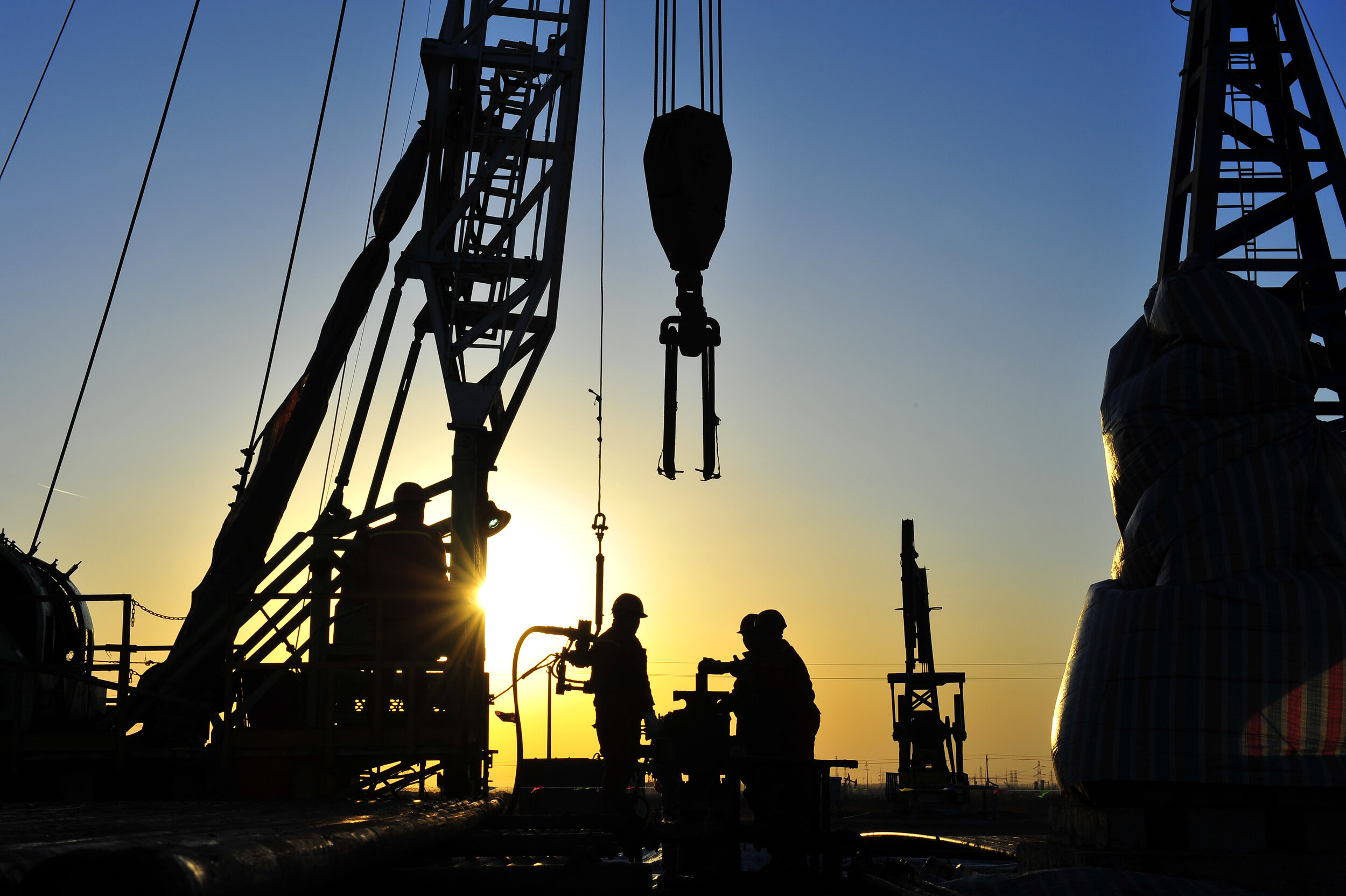EMERGENCY PIPELINE REPAIR SYSTEM
Having repair clamps and tooling available alone is not sufficient.
An Emergency Pipeline Repair System (EPRS) is a fundamental part of any Pipeline Integrity Management System. It is intended to sufficiently prepare for- and mitigate against the consequences of unplanned incidents breaching the pipelines’ integrity. Such breach causes downtime, could cause damages to people and the environment and in any case have financial implications in direct costs for repair, and indirectly in loss of revenue.
A full EPRS comprises the entire process from moment of incident to re-commissioning to maximum allowable operating pressure and flow. There are many aspects of this process that can have a higher impact on the critical path planning of the pipeline reinstatement than equipment delivery time. All of these aspects can be prepared in advance and depending on the situation could reduce the overall response time from several months to even a year!
Based on IRM Systems’ expertise and pragmatic approach, all of the specific pipeline’s failure modes can be predicted. When acknowledged, consequent repair scenarios can be predefined and prepared for. Besides the repair activities decommissioning, isolation and recommissioning procedures are defined. All preparatory works are carefully documented in an auditable manner allowing for periodic updating to ensure the EPRS remains effective at all times.
An EPRS must always be developed asset specific. Depending on a pipeline’s criticality and complexity the development of an EPRS does not require any significant capital expenditure.
IRM Systems develops Emergency Pipeline Repair Systems for pipeline operators all over the world and always based on the Best Possible Technical Solutions against the Lowest Costs.
Ageing assets with an increased risk profile require an even better emergency response plan.
EPRS - PETRONAS
Development of an EPRS for Deepwater Offshore Pipelines
Offshore Sabah, Malaysia
The Kikeh field, operated by the Murphy Oil Corporation and in production by 2007, was the first deep-water development in Malaysia. In 2012 Shell began producing oil from the nearby Gumusut-Kakap field, and subsequently installed a floating production facility in 2014. The 19 wells of the Gumusut-Kakap field contribute up to 25% of Malaysia’s oil production. In 2015 IRM Systems provided pipeline services to design and develop an EPRS for Petronas, who own the pipelines of the two oil fields. Read more.
EPRS - SHELL PHILIPPINES
Development of an EPRS for Deepwater Offshore Pipelines Systems
Offshore Palawan, Philippines
The Malampaya deep-water gas-to-power project supplies the Philippines with up to 20% of its electricity. A shallow-water production platform processes the gas, before exporting it through a 504-kilometre underwater pipeline to a gas plant onshore, and sends condensate through a 3-kilometre line to a nearby CALM loading buoy. An EPRS was still required for the whole pipeline system, and in 2016 IRM Systems provided pipeline services to the project. Read more.
EPRS - INTECSEA
Development of an EPRS for Offshore Pipelines
Black Sea, Russia
The South Stream project was first announced in 2007, and was planned to transport natural gas from the Russian Federation through the Black Sea to Bulgaria, and on into Europe. The proposed route of the pipelines initially required a 931-kilometre offshore section, and was to be laid at depths reaching 2,200 metres. Four parallel pipelines were to be installed, each with a wall thickness of 39 millimetres. IRM Systems provide pipeline services to create an EPRS, and also to review procedures and contractor documents.




